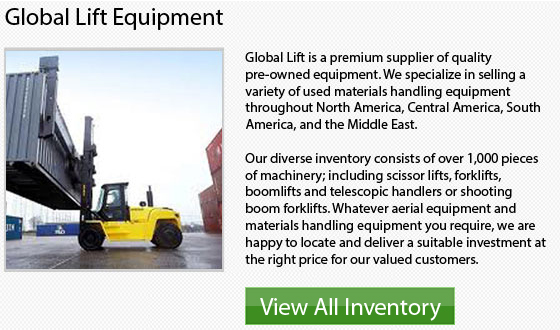
Early Crane Evolution
Over 4000 years ago, early Egyptians created the very first recorded type of a crane. The original apparatus was referred to as a shaduf and was initially utilized to transport water. The crane was made out of a pivoting long beam which balanced on a vertical support. On one end a heavy weight was connected and on the other end of the beam, a bucket was attached.
Cranes that were made during the first century were powered by humans or by animals that were moving on a wheel or a treadmill. The crane consisted of a wooden long beam which was called a boom. The boom was attached to a rotating base. The wheel or the treadmill was a power-driven operation that had a drum with a rope that wrapped around it. This rope also had a hook which was connected to a pulley at the top of the boom and carried the weight.
In Europe, the huge cathedrals established in the Middle Ages were made using cranes. Cranes were also utilized to unload and load ships within major ports. Over time, significant crane design developments evolved. Like for example, a horizontal boom was added to and became known as the jib. This boom addition allowed cranes to have the ability to pivot, therefore really increasing the machine's range of motion. After the 16th century, cranes had included two treadmills on each side of a rotating housing which held the boom.
Cranes utilized animals and humans for power until the mid-19th century. This all changes rapidly once steam engines were developed. At the turn of the century, IC or internal combustion engines as well as electric motors emerged. Cranes also became designed out of steel and cast iron rather than wood. The new designs proved more efficient and longer lasting. They can obviously run longer as well with their new power sources and thus carry out larger tasks in less time.